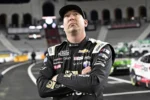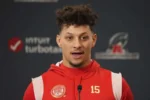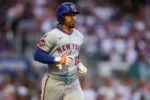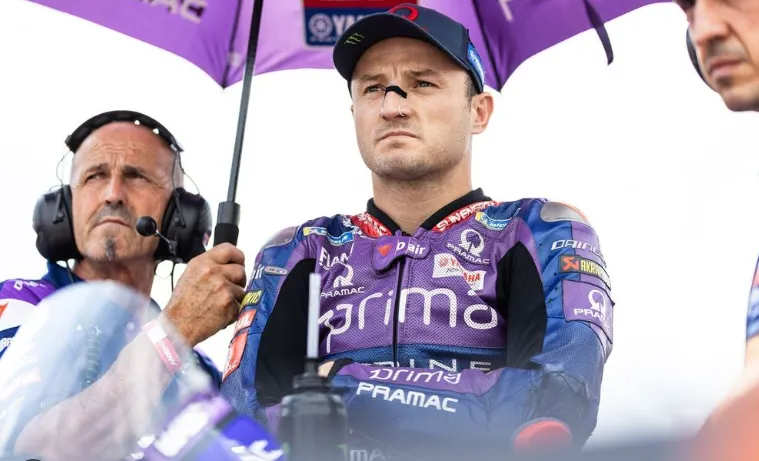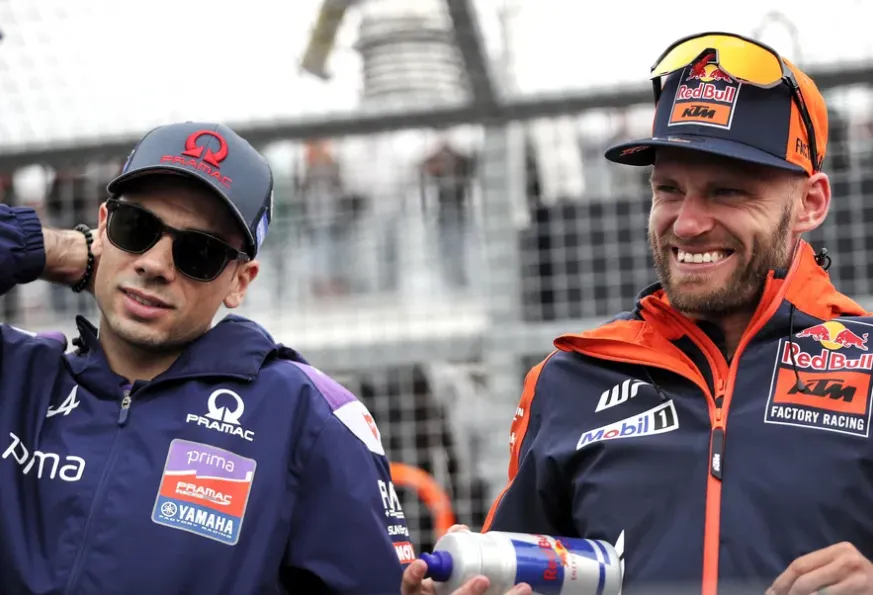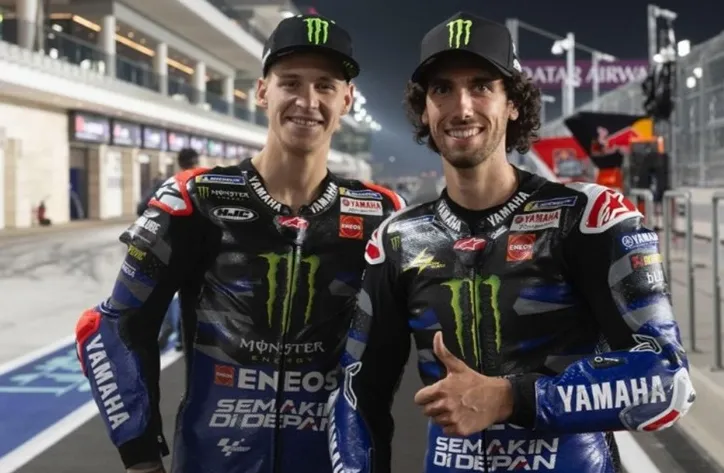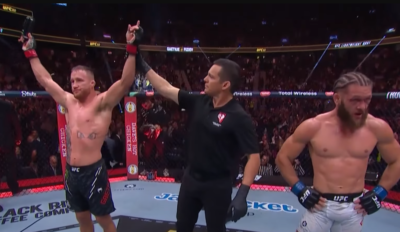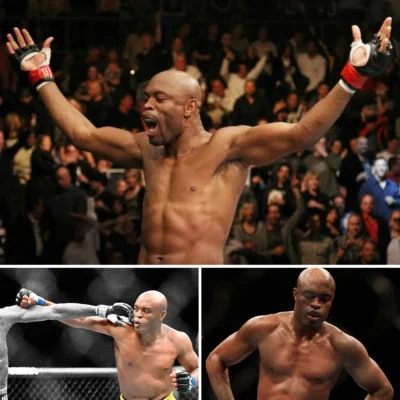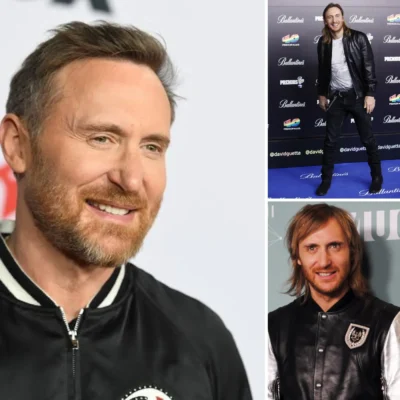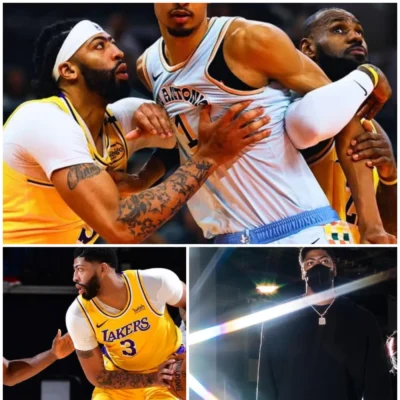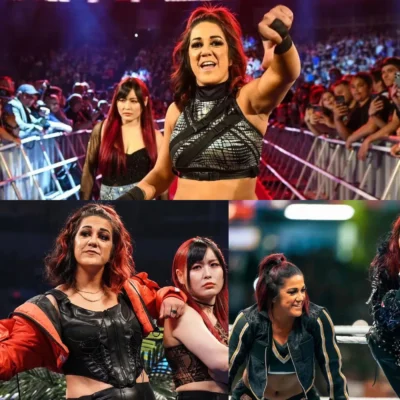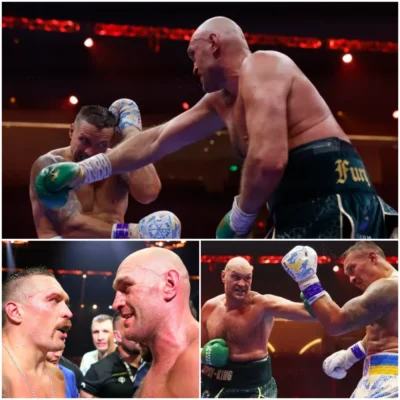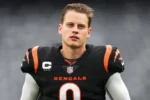
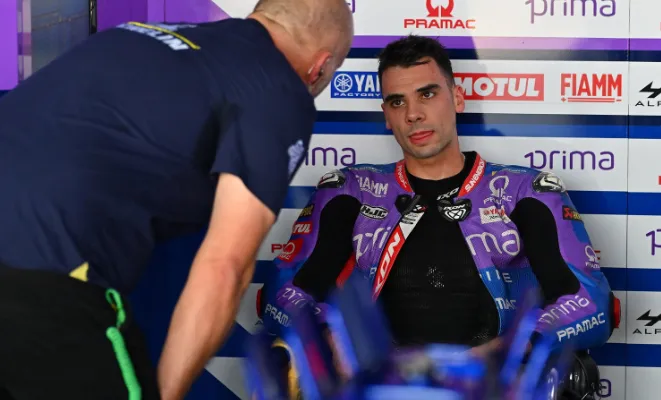
“Pain, Patience, and Power” – Inside Miguel Oliveira’s Grueling Road to Recovery and Return to Full Fitness
In the unforgiving world of MotoGP, where milliseconds matter and the margin for error is razor-thin, few stories capture the raw resilience of a rider quite like Miguel Oliveira’s recovery journey. After a string of injuries derailed his seasons and kept him off the track, the Portuguese star has shown what it truly means to come back stronger—both mentally and physically. This article delves deep into the physical toll, the emotional burden, and the renewed hope that defines Oliveira’s MotoGP comeback.
The Initial Setback: A Season Marred by Injury
The 2023 and 2024 seasons were a brutal test for Miguel Oliveira’s endurance. A series of unfortunate crashes—including incidents at Portimão and Jerez—left the Aprilia rider nursing shoulder, leg, and hand injuries. Each crash seemed to rob him not just of points, but of crucial momentum in a championship where rhythm is everything. These injuries forced him to miss multiple races and train cautiously, impacting his ability to perform at his peak.
Despite high expectations from fans and pundits alike, Oliveira’s injury-plagued campaign made consistency almost impossible. What hurt more than the physical pain was the emotional blow of being sidelined, especially when the paddock moved on without him.
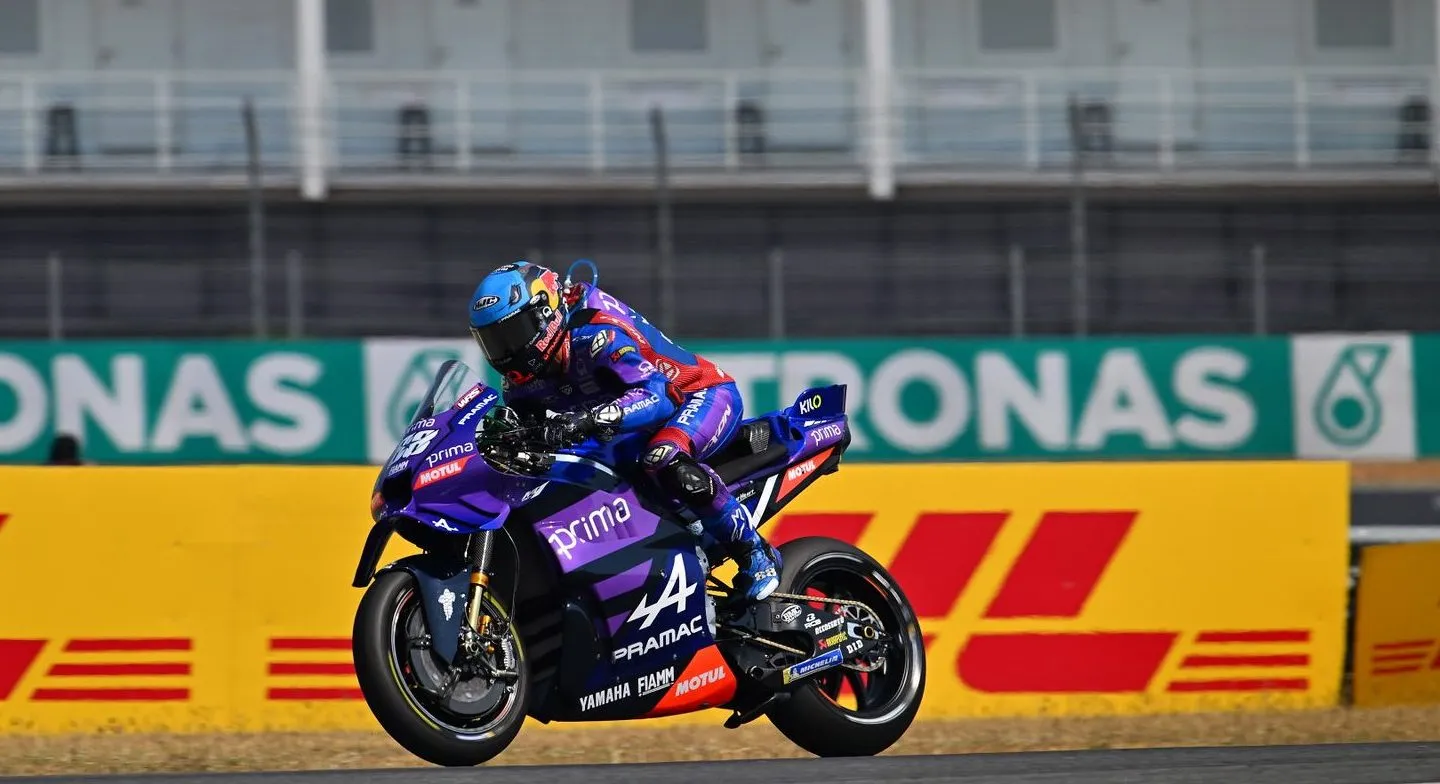
The Recovery Process: More Than Just Physical
While MotoGP riders are no strangers to pain, Miguel Oliveira’s road to recovery was uniquely grueling. The rehabilitation phase involved not only physical therapy and strength training but also intense psychological resilience. In multiple interviews, Oliveira shared how tough it was to sit out race weekends and watch his competitors on screen.
With the help of medical experts, trainers, and his inner circle, Oliveira rebuilt his body methodically—day by day. Special attention was given to his shoulder mobility and core stability, ensuring he could handle the brutal G-forces MotoGP bikes unleash at full tilt. Behind every gym session and physiotherapy visit was a singular goal: return not just as a participant, but as a competitive threat.
Mental Strength and Support System
It’s often said that racing is as much mental as it is physical. In Oliveira’s case, this couldn’t be truer. Throughout his time off the grid, he leaned heavily on his family—especially his wife and newborn child—as emotional anchors. Their support gave him perspective, and according to Oliveira himself, it was his daughter who reminded him why he started racing in the first place.
In addition to family, Oliveira credits his close-knit team and Aprilia for never giving up on him. Their continued belief helped nurture his self-confidence, something that often takes a hit during long injury layoffs. His mental resilience became a core pillar in the rebuilding phase.
Training Regimen: Getting Race-Ready Again
Once cleared to resume full training, Oliveira intensified his fitness program. This included simulation sessions, long-distance cycling, high-altitude conditioning, and reaction training. The aim was simple: regain the race reflexes and endurance needed to survive a full MotoGP weekend.
More importantly, Oliveira worked on adapting his riding posture and braking techniques to prevent further stress on the previously injured shoulder. With MotoGP becoming increasingly demanding due to sprint races, he had no choice but to return stronger, faster, and more adaptable.
Testing, Feedback, and Reintegration with Aprilia
Rejoining the Aprilia setup wasn’t automatic. Oliveira had to first prove his fitness and sharpness during private tests. Feedback from engineers indicated that he was not only back to his previous level but in some aspects even sharper—especially in adapting to evolving bike dynamics and new tire compounds.
The technical team worked closely with Oliveira to adjust the RS-GP setup to suit his returning body, particularly in corners where shoulder flexibility plays a critical role. The trust between rider and engineers allowed for open communication, a crucial factor in fine-tuning his comeback.
The Return to Racing: Redemption and Frustration
Oliveira’s return wasn’t scripted as a fairytale. His first few races back were mixed with flashes of brilliance and understandable rust. However, moments like qualifying inside the top ten or finishing strong in difficult weather conditions reminded everyone of his natural talent.
Frustration did seep in—especially when physical discomfort returned in back-to-back weekends. But Oliveira stayed the course, using each setback as a lesson. His renewed focus was less about podiums and more about consistency, finishing races, and staying injury-free.
Fan Support and National Pride
As Portugal’s most successful MotoGP rider, Miguel Oliveira commands deep national support. Throughout his recovery, fans flooded social media with encouraging messages, often trending hashtags like #ForcaMiguel and #VamosOliveira. This connection to his roots kept him emotionally grounded and motivated to return the favor on the track.
The Portuguese Grand Prix at Portimão remains a dream venue for Oliveira to stage a major comeback. He’s expressed on multiple occasions that a strong finish at home would mean more than any trophy.
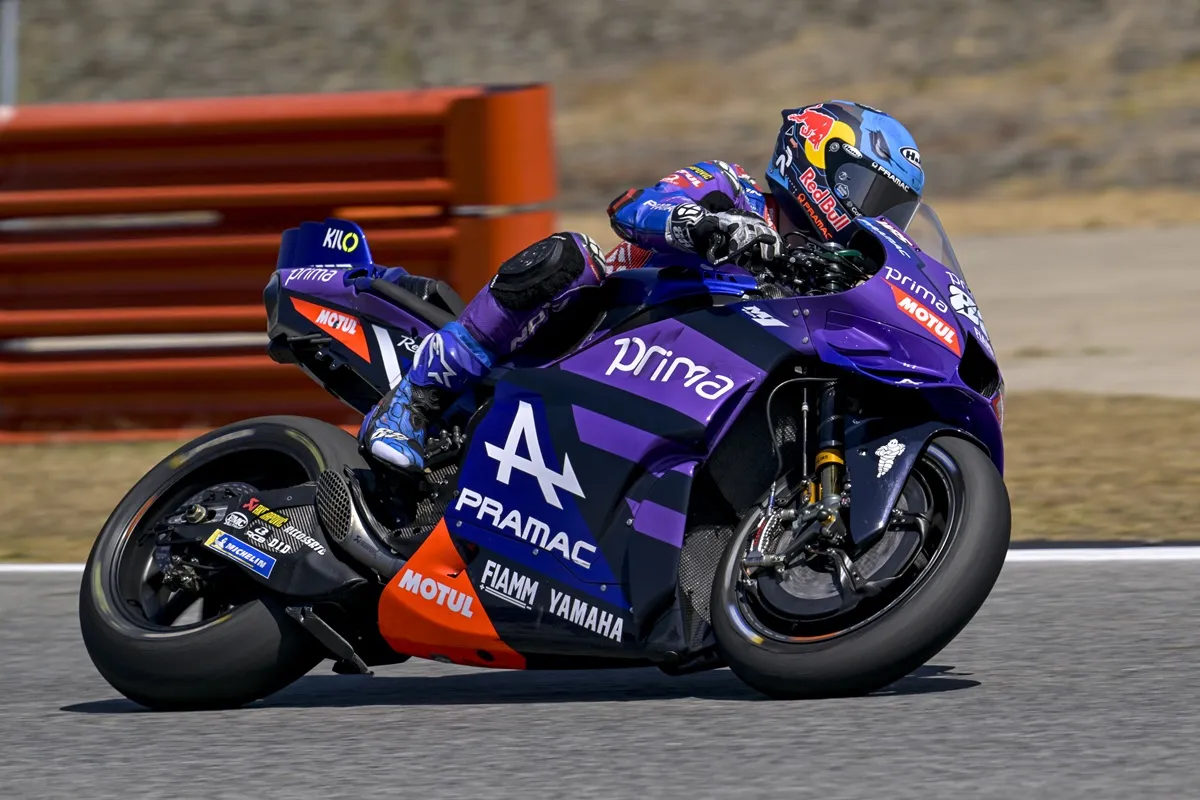
Future Outlook: Can Oliveira Still Be a Title Contender?
At 30, Miguel Oliveira still has several prime years left in the sport. With his body healed, mind refocused, and team behind him, the question now is whether he can translate this comeback into a legitimate title charge.
Some insiders believe that if Aprilia continues to improve its reliability and top speed, Oliveira could regularly challenge the factory riders. Others caution that his injury history makes him a wildcard rather than a title frontrunner. What’s clear is that Oliveira isn’t done yet.
With new riders emerging and seasoned veterans staying strong, the MotoGP landscape is as competitive as ever. But if his recovery journey has shown anything, it’s that you should never count out Miguel Oliveira’s heart, hustle, and hunger.
Conclusion: A Story of Grit and Revival
Miguel Oliveira’s story is far from over. While injuries might have knocked him down, they didn’t knock him out. His return is a masterclass in resilience, driven by pain, patience, and power. Whether he ends up winning races or mentoring the next generation, one thing is for sure: Oliveira’s legacy is being forged not just in victories, but in his courageous comeback.
In a sport where speed thrills and crashes terrify, Miguel Oliveira has proven that the toughest battles are often fought off the track.



